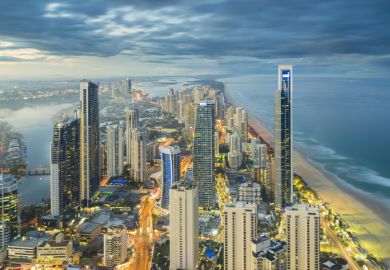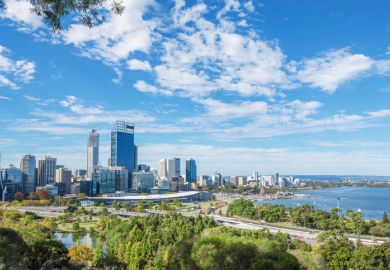Australia’s hopes of harnessing international students to replenish the bush is having little effect, a new report indicates.
An analysis from Melbourne’s Grattan Institute thinktank suggests that efforts to lure foreign students to country areas, through incentives such as priority visa processing and longer graduate visas, have not changed their instinctive preference for bigger cities.
The report says migrants remain under-represented in rural areas – unlike the large metropoles of Sydney and Melbourne, where international students make up about 3 per cent of the population.
Students and other temporary residents who settle in regional Australia tend not to remain there for long. The analysis found that overseas arrivals living in regional Australia in 2011 were more than two-and-a-half times as likely as native-born Australians to have moved to major cities within five years.
Some parts of Australia – notably Perth and the Gold Coast, respectively the country’s fourth and sixth biggest urban areas – have successfully lobbied to be dubbed “regional” for migration purposes. This meant foreign students studying there became eligible for a year’s extra post-study work rights and Destination Australia scholarships worth A$15,000 (£8,470) each.
But such arrangements may only have a short-term effect, the report says. Visa settings may determine where foreigners can live for a “provisional period” but “they don’t force the migrant to live in that area for life”, it notes.
The report also contradicts notions that most overseas students come to Australia with a view to settling down for good. Only about one-fifth of foreign students have “historically transitioned” to permanent visas, and that proportion has declined in recent years.
“While the number of international students on temporary visas has grown significantly in the past decade, the number of permanent visas has not. This means that a lower share of international students obtain permanent residency after they complete their courses.”
Students who stay in Australia for more than a year are considered residents, which means that almost all foreign university students are counted towards Australia’s population. But while international students comprised the largest group of temporary migrants before the pandemic, their number has declined by 44 per cent from a peak of 560,000 at the end of 2019.
Education department data shows that 67,000 foreign university students started courses in the first three months of the year, compared with 94,000 in the equivalent period of 2019.
Register to continue
Why register?
- Registration is free and only takes a moment
- Once registered, you can read 3 articles a month
- Sign up for our newsletter
Subscribe
Or subscribe for unlimited access to:
- Unlimited access to news, views, insights & reviews
- Digital editions
- Digital access to THE’s university and college rankings analysis
Already registered or a current subscriber? Login








